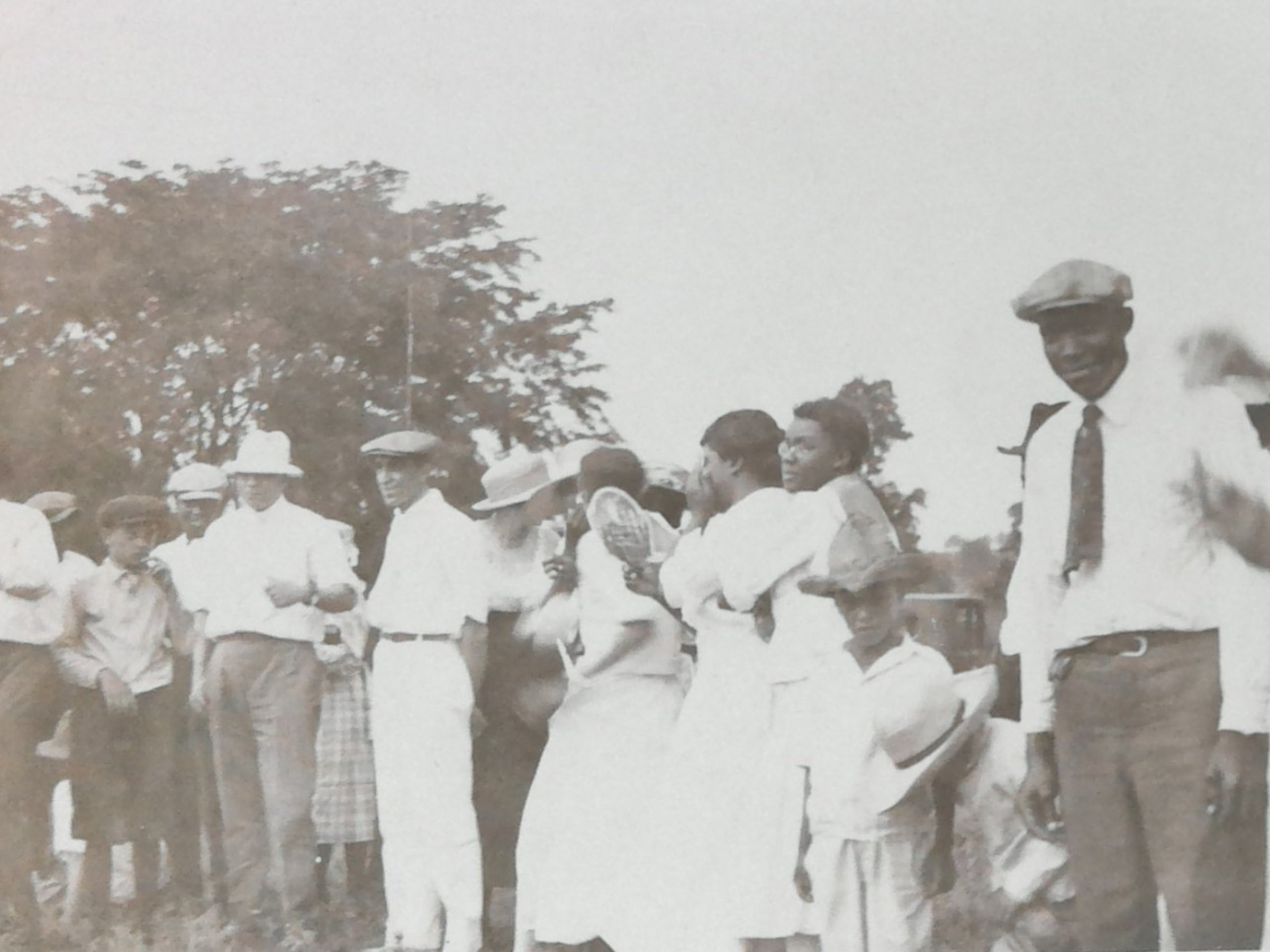FROM HOME TO HEADQUARTERS.
Our historic building was constructed in 1906 as a family home by Jeremiah Foley, a skilled contractor known for high levels of architectural detail and craftsmanship. This is especially evident in the use of contrasting brickwork, brick quoins, decorative brickwork on the four chimneys, and the mosaic tile flooring on the front porch.
In 1954, the building was sold to the Ohio Baptist General Convention—an association of black Baptist churches in Ohio, which converted it into its statewide headquarters. Although the use of the building was converted to office, chapel, and assembly space, many of the original features of the building were retained: original trim, double hung casement windows, hardwood floors, wainscoting, and a coffered ceiling in the former dining room (now a one bedroom apartment!).
The Black church is a viable institution in America. It has been the main-stay while other institutions have faltered or failed Black people. It has been the foundation of hope in America, and in Columbus, as well.”
—Dr. Kenneth Hamilton, professor of Black History at the Ohio State University
At the Headquarters, the OBGC established an annual Youth Rally that drew several thousands of people by the mid-1960s. The OBGC undertook voter drives to register and registered over 50,000 in 1978 alone. It expanded its Women’s and Laymen’s Auxiliaries with workshops, retreats, and annual gatherings. Through wide-ranging activities like these, the OBGC provided for the spiritual and social engagement of families and the surrounding community.
From the 1950’s through the 1980’s, the Headquarters was a hub of wide-ranging activities that went beyond narrowly religious, and focused on advancing social and political goals. The OBGC was an organizing force during a turbulent time in American history, when issues including desegregation of schools, civil rights, and the Vietnam War divided the country.
I say to all parents tonight, teach your children the proper use of the ballot, it is the only weapon our government left on the statute books. Let us use this weapon as a two edged sword for the emancipation of all, to abolish all the links of modern slavery, and fight for liberty, fraternity, and democracy.”
—1957, OBGC President Reverant Wilber A. Page’s annual address.
In 2020, the building was placed on the National Register of Historic Places as a facility that “played an important role in the civil rights movement [and] represented an effort to provide parallel organizations for African Americans in response to exclusion from whites dominated by lodges, fraternities and sororities.”
Vacant for over 25 years, the historic preservation and revitalization of Parkwood HQ is due to the commitment and unique partnership of a variety of people from different areas of expertise, with common fundamental values of community-mindedness, pride of what they do, and treating people right. They hope that this partnership and project can serve as a model for others in the future.













